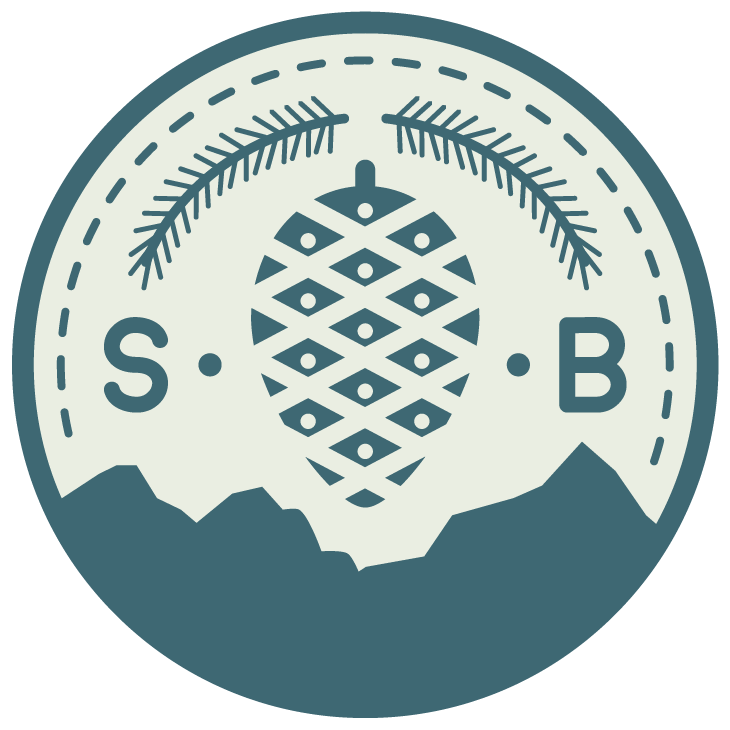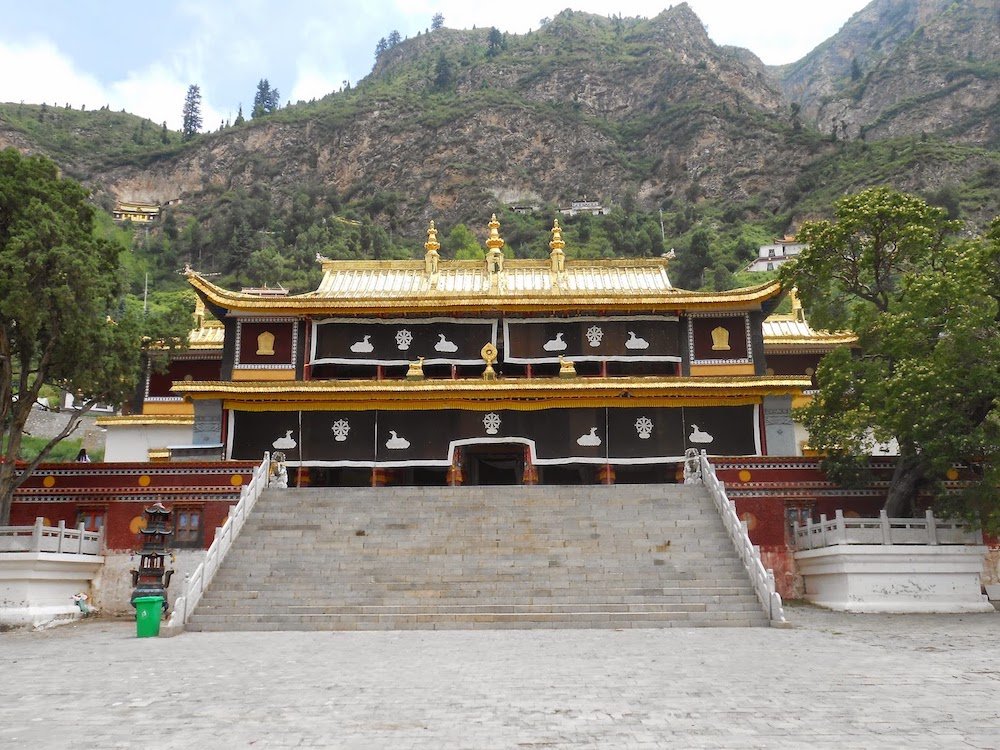A Grand Qinghai Adventure
In case you were wondering, I'm alive. Things I learned in Qinghai: altitude does not agree with me. And altitude sickness sucks. Also that China is trying its hardest to destroy anything of natural beauty within its borders. But we'll get to all of that soon.
This week, it's all about the snaps. I can write and write and write about Qinghai, known to the Tibetans as Amdo, but that would be futile if you guys did not, first, have photos for reference. The place is stunning and - I never thought I'd say this - may even rival Iceland for its natural beauty.
I wouldn't be surprised if our guide caught a whiff of burnt rubber from our brains' feeble attempts to actually process how beautiful the place is. Well, see for yourself.
This is Rebkong, a biggish Tibetan town about a 5-hour journey away from Xining, the capital of Qinghai province. It's most famous for its monasteries and thangka paintings, which are insanely intricate depictions of notable figures in Tibetan Buddhism.
After Rebkong, we enjoyed the longest, most uncomfortable car journey of our lives to get to the foothills of Mount Amnye Machen. That doesn't mean it wasn't gorgeous.
Then, the hike itself. Although if you're hiring yaks to take your stuff, horses to help you cross glacial rivers, yak and horse handlers to make sure they do this stuff, and a guide, "expedition" is probably a safer word. Also, it makes me feel like more of a badass.
As beautiful as you may think these photos are, they do Amnye Machen a great injustice. It's like taking a photo of the Kims in North Korea, better not unless you can capture the full essence of the Great Leader. We tried our best.
After the hike and an ugly conflict with our travel agency which I will recount in vivid detail later, we spent a long while in Xining. Despite the autonomous, Tibetan-majority prefectures that cover most of the province, most of the 54% of Qinghai's Han Chinese live in the capital city, giving the central government a firm mandate to rule the province unhindered.
This results in a typical Chinese city - sprawl, pollution, chaos - nestled between the breathtaking mountains that grow higher and higher until they spill onto the Tibetan Plateau. Unchecked industrialization follows the mountains also, only one way the ethnic Tibetans are marginalized even with that nice political word "autonomy" attached to their communities.
We didn't let the dusty city keep us down, though the coffee shops and Western restaurants tried, and we made several day trips to famed monastery towns tucked into the surrounding mountains.
The first was Youning Si (Gonlung Monastery). If you're in Xining and looking for off-the-beaten-path destinations devoid of both Western and Chinese tourists, this is it. Most of the mountains around Gonlung reach 4,000 m and there is probably no better example of the typical peaceful mountain monastery than this place.
Many of the monks and townspeople are ethnic Tu, their Mongolian ancestors having settled the area around the 13th Century.
On the complete opposite side of the tourist spectrum is Kumbum Monastery (Ta'er Si). This place is absolutely heaving with Chinese tourists, and in fact, that is almost a secondary attraction. The place has some incredibly old buildings - including one with a pure gold-plated roof - that escaped the intellectual barbarism of the Cultural Revolution, which is enough of a reason for me to give it a visit.
Also, there's a big sandalwood tree growing in one of the courtyards. The story is that its seed sprouted from the afterbirth of Tsongkhapa, the founder of the Yellow Hat sect of Tibetan Buddhism, or some weird shit like that. Although the monastery is ranked only second in importance to Lhasa, the tourists really kill the vibe.
Qinghai's incredible natural beauty and its clash of cultures make it one of my all-time favorite destinations, and that's some pretty damn high praise. In the end, I'm so glad we made the decision to avoid Lhasa and try one of cultural Tibet's less-trafficked areas. I would make the same decision again and opt for either Sichuan or Gansu's Tibetan areas rather than join the congested and bureaucratic clusterfuck that is the TAR. ◉
Written by Seth Barham


























